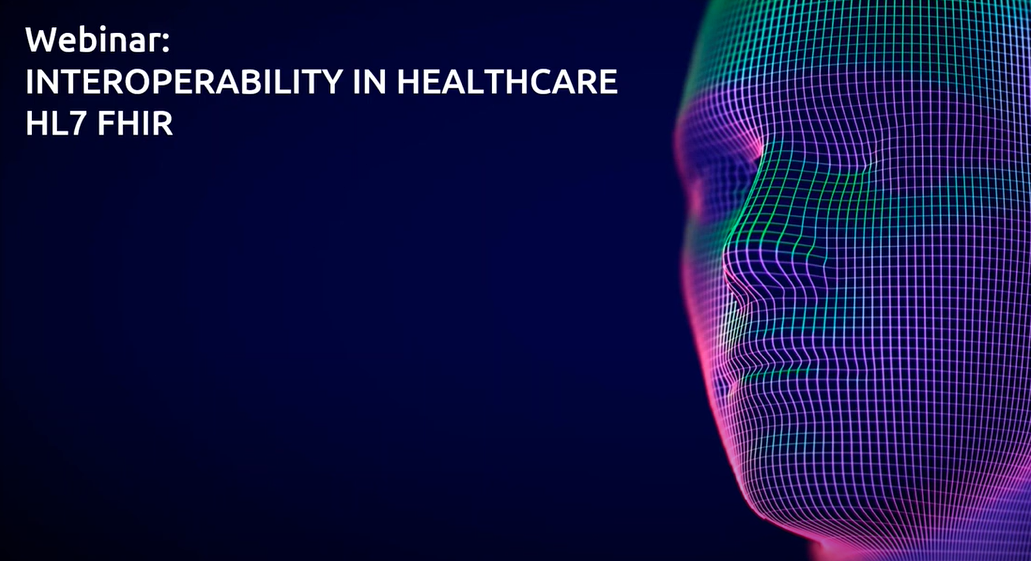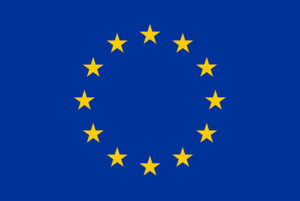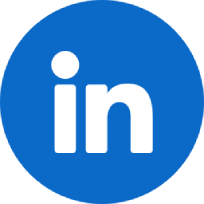Currently, healthcare is kind of like a smartphone without an app store. How much more helpful is your phone once you download all of the specific applications you like and help you do what you want? Healthcare is stuck with stock apps and no other options; FHIR aims to flip the script. FHIR (Fast Healthcare Interoperability Resource) is an interoperability standard produced by the HL7 group that enables the electronic exchange of healthcare data between different systems in the healthcare business.
FHIR uses application programming interfaces (APIs) to enable different apps to “plug in” to a basic operating system, delivering all necessary data into the provider’s workflow. FHIR allows for the exchange of information in various formats, including documents, messages, services, and RESTful interfaces. It is designed to address the growing complexity of healthcare data, user expectations, and the need for modern, internet-based communication across several separate components.
The main objective of FHIR is to tackle the growing digitization needs in the healthcare industry and simplify data exchange without compromising information integrity. FHIR is determined to make electronic health records (EHRs) available, discoverable, and easily understandable to stakeholders as patients move within the healthcare ecosystem. This standard not only makes it easier for patients to monitor their own health, but it also encourages the adoption of automated clinical decision support and other artificial intelligence or machine-based processes.
The hope is that FHIR will usher in a new healthcare innovation era. The potential use cases are endless if health information is clearly structured and made available using technical best practices that all modern developers understand.
The COVID-X project organized a webinar where the FHIR standard was presented. We talked about its purpose, differences, and advantages compared to other standards. FHIR is a significant player in the healthcare ecosystem, especially interesting for those startups that want to integrate their solutions into existing or future healthcare systems seamlessly.
Watch the webinar!






